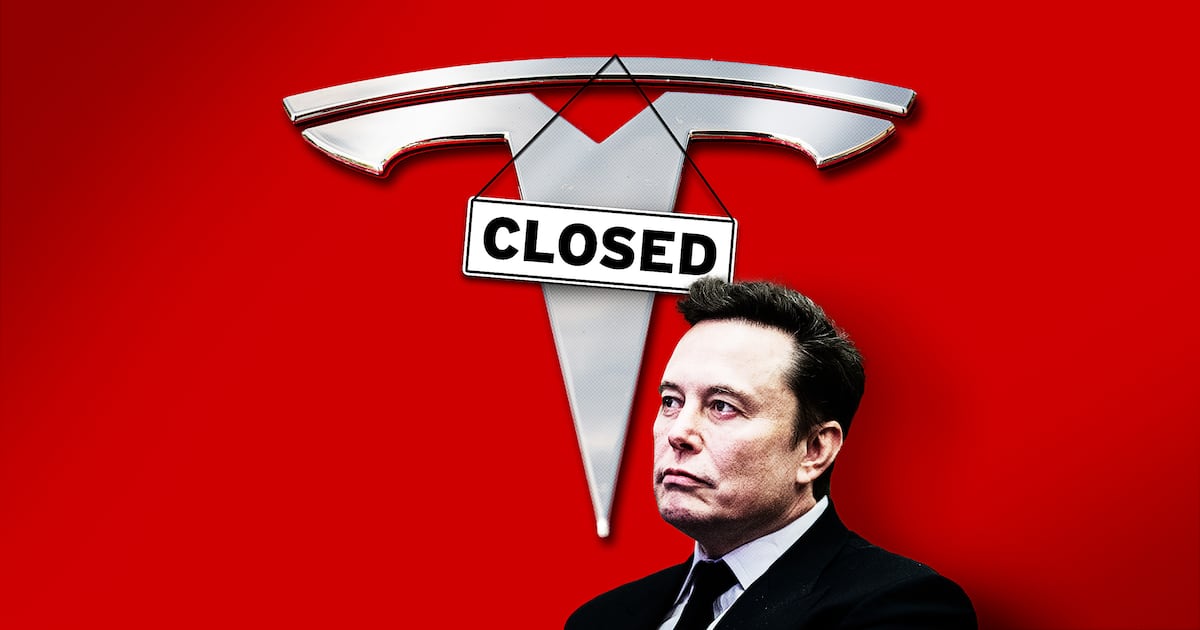
In the face of the latest headlines—“ Barnes & Noble Had Weak Holiday” (Wall Street Journal); “ Putting Off the Ritz: The New Austerity of Publishing” (New York Times) and, grimmest of all, “ An Autopsy of the Book Business” (The Daily Beast) by the correctly described “publishing legend” Jason Epstein—I feel like Voltaire’s ridiculous optimist Pangloss in saying that there is significant news to report that is wholly positive for anyone who cares about books.
The eBooks (and the other on-demand ways for delivering books, such as downloadable audio and print-on-demand devices) are starting to take hold. Amazon’s Kindle, initially promoted as an iPod for books when it was released in late 2007, is still expensive at $359 and in limited supply. It sold out at Christmas because Oprah touted it enthusiastically and, I suspect, Amazon held back production in favor of a second-generation launch in 2009 at a lower price and with some user-friendly tweaks. But I know a lot of people (OK, 20 or so that I can name) who have incorporated Kindle into their reading life for books and even for newspapers like The New York Times, where they are paying $0.75 for what they could get free on the Web because it is so convenient.
The top three downloads from Overdrive were all by Stephenie Meyer, whose Twilight books are directed at tweens.
I use Kindle whenever I travel. On a recent round-trip to Israel, I got through two books and, had there been flight delays, I was ready with others. Moreover, I accomplished my goal of only packing a carry-on. The old saw about not liking to read on a screen has long since been left behind in favor of the ease of handling the gadget and buying books through its Wi-Fi connection to Amazon. The company doesn’t release specific Kindle numbers, but I’ve seen estimates that range from about 300,000 in use to about a million. The number of available titles is now about 200,000, including most newly published books from commercial publishers. Prices have increased from their early promotional $9.95 to about 50 percent of the printed list price, which at Amazon is also discounted in most cases.
As for newspapers, as I wrote a year ago, having the stories available in list form is useful, but the click doesn’t match the great serendipitous experience of turning pages. Newspaper Web sites vary, but the most ambitious have so many supplemental blogs and videos that navigating them isn’t really comparable anymore to just reading the text, as you do on Kindle. Magazines are less successful digitally because the reproduction of photographs, charts, and graphs are poor. For now, you are much better off with the real thing.
The Sony Reader has many fans too. The latest $400 model has a reading light and a touch screen that allows you to annotate while reading. Many publishing people prefer the Sony Reader because it is easier to download manuscripts to it, but this is a marginal issue to most people. I think it is fair now to declare that the electronic-reading machine has finally arrived as a factor in the way we access books. Welcome.
There are all kinds of other ways to read eBooks. Among the thousands of applications for iPhones are several that download books, including some that are free so that you can test your willingness to read in a steady scroll. There are so many people now watching video on small screens that their size seems not to be an overwhelming obstacle for that kind of experience. Prototypes are around for roll-up screens that look like paper, and a variety of lower-cost reading machines are in development. The royalty and revenue-sharing agreement that publishers and authors hammered out with Google, once implemented, will make vast libraries available to anyone with Internet access. Instead of books disappearing, they will be vastly more accessible than they ever were—and significantly, in contrast with the increasingly strapped newspaper and magazine industries, a business model is emerging for paying the creators and distributors of the content.
Another important indicator of acceptance of digital delivery is last week’s report on the 2008 results from OverDrive, the dominant distributor of eBooks and digital audio to libraries. OverDrive said that downloads of digital material to the 8,500 libraries it supports exceeded 10 million items. The number of new users increased 45 percent over results for 2007. Downloadable audios are for sale at Audible (acquired by Amazon last year), eMusic, and a number of smaller distributors. These books can be listened to on the full array of MP3 players, which makes them vastly more accessible during travel, commuting, and exercise. Earbuds are everywhere, and by no means are all of them blaring music.
Finally, there are the print-on-demand machines that produce books in a minute or so. Jason Epstein sees salvation for books in the Espresso Book Machine, in which he is an investor. As a device, it has enormous potential, but getting it to a scale of size and inventory that will make it routinely available to booksellers and libraries is still a ways off. As a concept though, the Espresso adds to the basic point: Books in all formats are increasingly more available than they ever were. “Maybe, but nobody reads anymore,” is the counterargument. Baloney. The top three downloads from OverDrive were all by Stephenie Meyer, whose Twilight books are directed at tweens, taking time away from all their other screen options to enjoy a good book. Meyer was also this year’s bestselling author in printed books, taking JK Rowling’s place among the next generation’s book buffs.
So the eBook has landed. The printed book is not disappearing either, even if it is increasingly in competition with digital delivery. This is a very difficult time in the traditional brick-and-mortar marketplace, as the results at Barnes & Noble and other booksellers make very clear. For a variety of reasons, these stores are still skeptical of or even hostile to digital delivery, which means that customers will go elsewhere to find what they want. Overall, the increasing acceptance of all these new ways to get books is a definite plus for the cherished act of reading, and it doesn’t seem too Panglossian to conclude that there are better days ahead.
RELATED: An Autopsy of the Book Business by Jason Epstein
Peter Osnos is a senior fellow for media at The Century Foundation, where he writes the weekly Platform column. Osnos is the founder and editor-at-large of PublicAffairs Books. He is vice chairman of the Columbia Journalism Review, a former publisher at Random House Inc. and was a correspondent and editor at The Washington Post. Visit TCF.org for a full archive of Platform columns.






